Posted on 6/27/2023
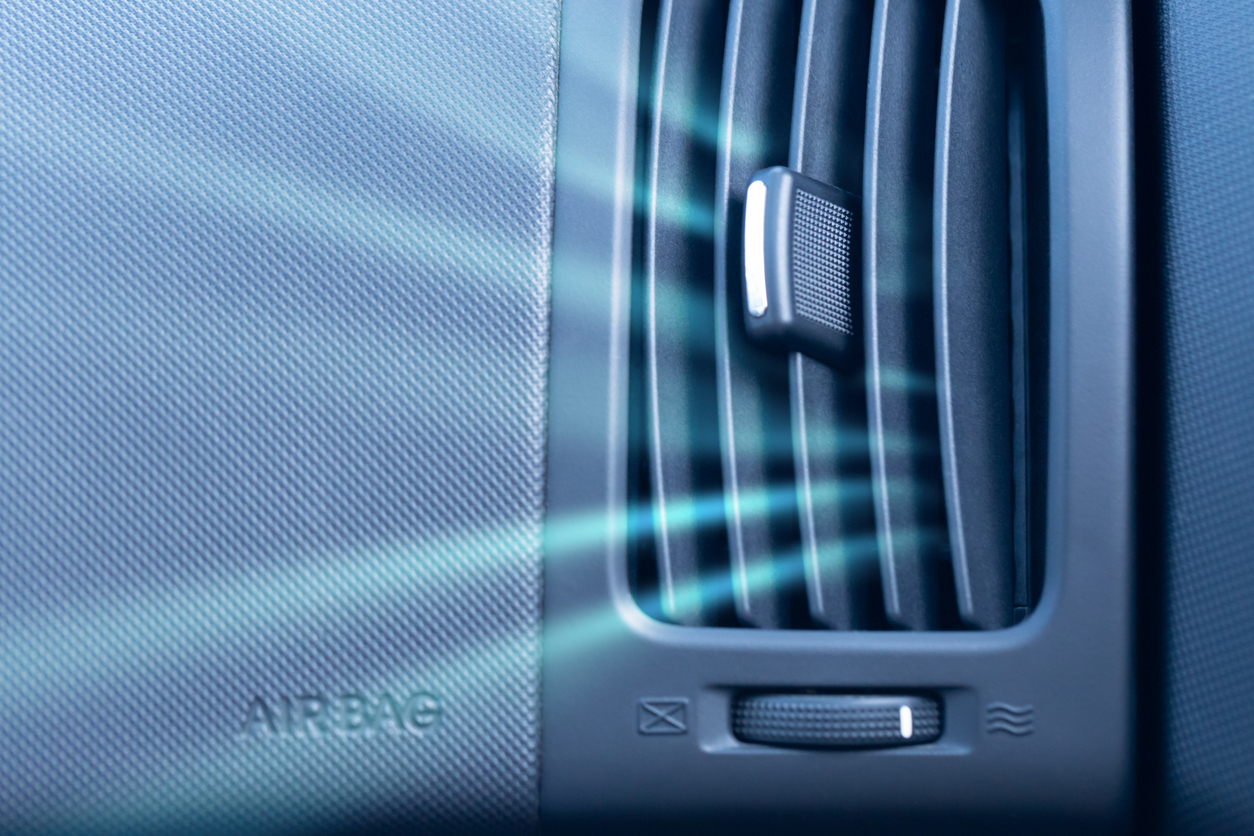
To protect your car's AC and optimize its performance in hot weather, you can follow these tips: Park in shaded areas: Whenever possible, park your car in shaded areas or use a sunshade to reduce the amount of heat entering your vehicle. This will help prevent excessive strain on the AC system when you start the car. Use a windshield sunshade: Placing a reflective sunshade on your windshield when parking can significantly reduce the temperature inside your car. This will make it easier for the AC system to cool down the interior when you start driving. Crack the windows: Before entering your car, crack the windows slightly to allow hot air to escape. This will help reduce the initial temperature inside the vehicle and ease the load on the AC when you start it. Ventilate the car before turning on the AC: Open all the windows and let the hot air escape for a few minutes before switching on the AC. This will help expel the built-up heat, allowing the AC to cool the interior more e ... read more
Posted on 6/6/2023
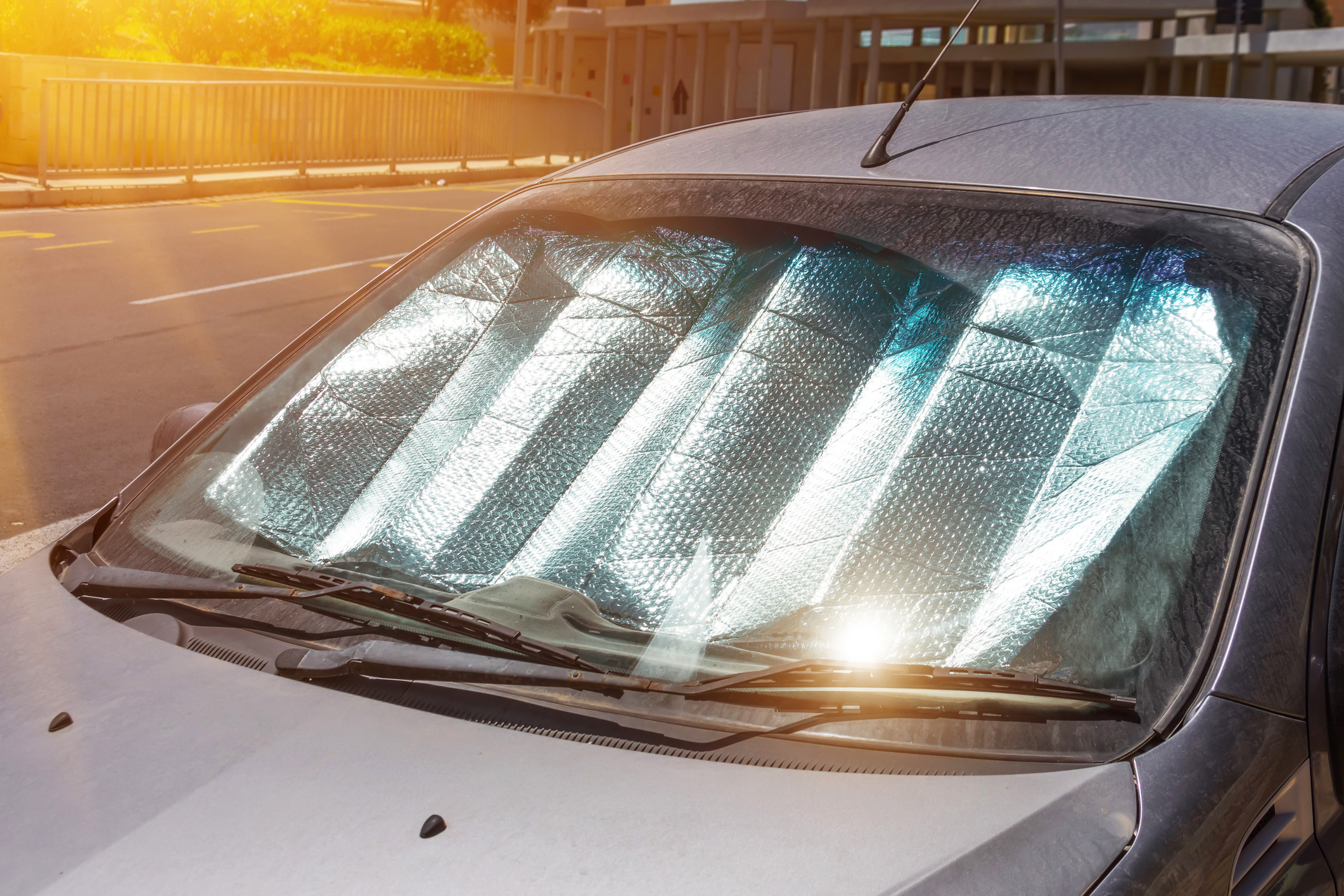
Keeping your car cool in hot weather is essential for your comfort and for maintaining the overall condition of your vehicle. Here are several tips to help you achieve that: Service your air conditioning system: Ensure your car's air conditioning system is in good working condition by servicing it regularly. Clean or replace the cabin air filter as recommended by the manufacturer. Use a sunshade or window visor: Place a sunshade or window visor on your windshield to block direct sunlight from entering your car. This will help reduce the interior temperature. Park in the shade: Park your car in a shaded area to minimize sun exposure. If there's no shade available, try to find a spot where your car will be in the shade during the hottest part of the day. Crack the windows: Leave your windows slightly open to allow hot air to escape and promote air circulation. However, ensure that the opening is small enough to prevent unauthorized access. Utilize car window tinting: Tinting ... read more
Posted on 2/20/2023
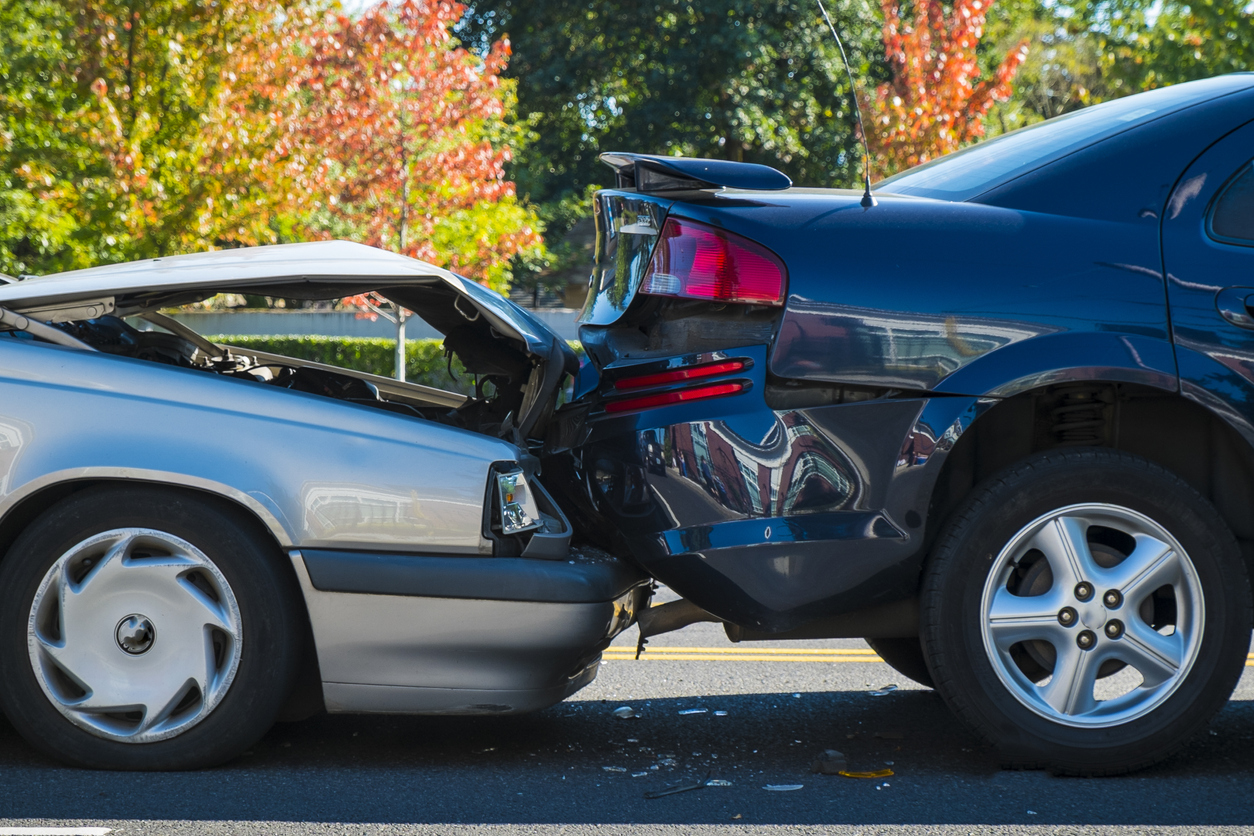
Your brakes are one of the most critical parts of your car, so it's essential to keep them in good working condition. But how can you tell when they need to be replaced? There are a few warning signs you can watch out for: 1. Your brake pedal feels spongy when you press it. 2. Your car takes longer than usual to stop. 3. You hear grinding or squealing noises when you brake. 4. Your brakes feel unresponsive. 5. Your car pulls to one side when you brake. If you notice any of these warning signs, it's time to take your car to a mechanic and have your brakes checked out. Don't wait until they fail - it could be too late
Posted on 8/24/2022
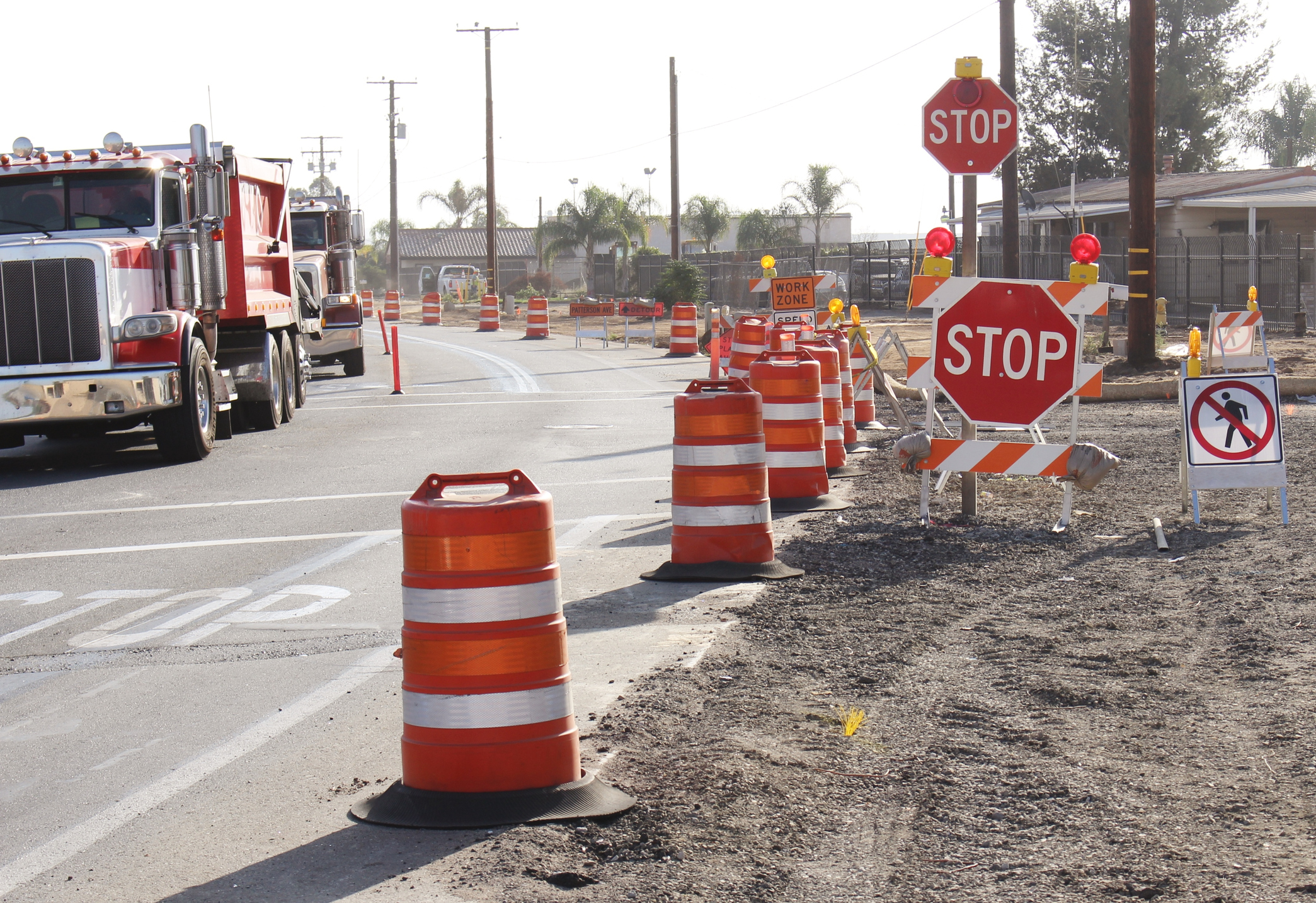
You don’t need us to tell you there is a lot of construction on the roads throughout the area. But did you know that driving on those bad roads can cause problems with your wheel alignment? Road hazards can prematurely knock your wheels out of alignment, causing the need to have the wheels realigned. We are going to list the various road hazards below.Auto Accidents Things other than bad roads can also knock your wheels out of alignment. For example, your wheels and alignment may be affected if you get into an automobile accident. Even a minor incident can cause problems with your vehicle’s wheel alignment. Bumpy Roads Bumpy roads are a pain, aren’t they? Driving too fast on rough roads can knock your wheels out of alignment, unbalance them, and even damage your tires. Bumpy roads can also wreak havoc on your struts and shocks as they struggle to absorb the uneven pavem ... read more
Posted on 6/6/2022
Keep windows closed when traveling at highway speeds. Open windows cause aerodynamic drag. But, operating the air conditioner on the maximum level can reduce your mpg by 5% to 25%, compared to not using it. Also, try to park your car in the shade so you won't have to keep the AC working as hard. Properly inflated tires are safer, lasts longer, and improve your gas mileage by more than 3% per tire. Slow down! Although vehicles reach their optimal fuel economy at different speeds, gas mileage usually decreases over 60 mph. Try to drive at a constant speed—both acceleration and deceleration waste fuel. Use cruise control when possible. The car's cruise control system's minor, more precise adjustments will keep your speed constant and save you fuel. Wax your car and keep it clean. This will reduce aerodynamic drag, thus providing better mileage. A clean air filter can improve gas mileage by as much as10%. Perform routine maintenance
Posted on 4/25/2022
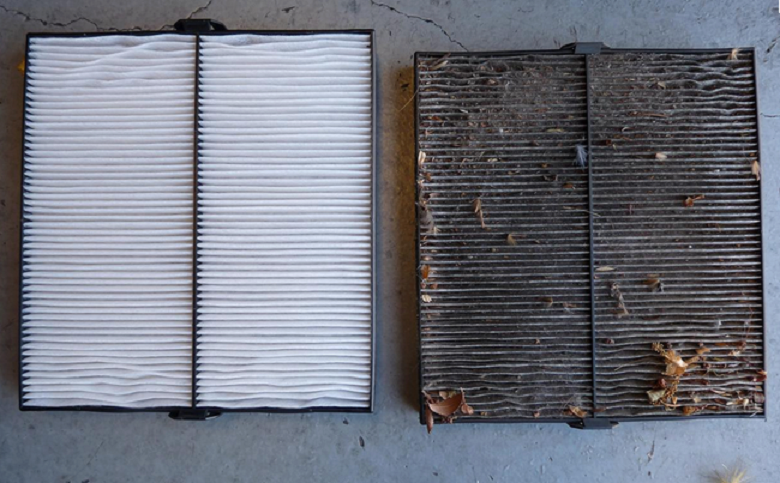
Do you suffer from spring allergies or breathing problems? Replace your cabin air filter, which will eventually become clogged with pollen, bacteria, and dust which then allows those contaminants into your car. Cabin Air Filters are also an important component in your vehicle's heating and cooling system. If you don’t change your cabin air filter, the filter will become more clogged with dirt and debris and the efficiency of the filter and your car’s HVAC system will be compromised. The air volume into your passenger compartment will be continually reduced which will lead to the issue of foul odors inside your car. The simple act of changing your cabin air filter will dramatically improve the air quality in your vehicle. Give us a call at 913-764-8677 to schedule an appointment
Posted on 10/25/2021
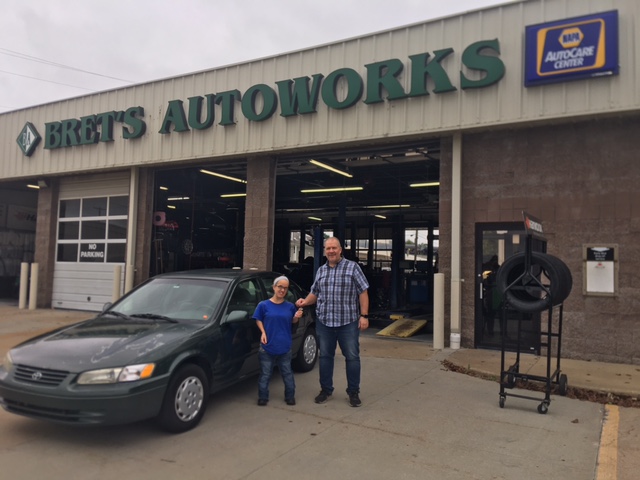
We have been blessed over the years to meet a group of very remarkable people. Life has thrown them some curves, but instead of giving up, they work day in and day out to make a better life for themselves, their families, and others. Great organizations are also part of their story; churches and nonprofits have helped us connect and make Wheels 2 Hope a reality. A year ago, we were lucky to be introduced to a young man trying to attend school. He needed a vehicle to get back and forth from work and school. We were so happy to hear he completed his classes and obtained a job. At his point, he no longer needed the vehicle we had given to him through Wheels 2 Hope, so he returned it so someone else could move forward with their life. Now, the vehicle has moved on to a single mom and her son. We are so pleased to be able to provide them with a car. Thank you to NAPA for providing all the parts needed to complete the service and maintenance of the vehicle. Thank you to the connections tha ... read more
Posted on 9/30/2021
.jpg)
Look at this lineup! We do repair and service all makes and models! You know it is a great day when you have all of these beauties in the bays.
Posted on 8/10/2021
%20(1)%20(1).jpg)
Many of us love classic cars. Maybe they are reminders of “the good ole days,” or what we perceive as better, less stressful times. Maybe we associate the classics with family trips to the beach, mountains, or just driving around with friends. Did you ever cruise around Main Street or a local drive-in restaurant? We believe for all those reasons and more, we need to help keep the classics around and running well. You certainly don’t want to miss out on the looks and smiles you receive driving one of these old treasures. It is priceless. You might be wondering what classifies a vehicle as a classic? For insurance and registration purposes, the age of a classic car, in most cases, is at least 20 years old but not more than 40 years old. We are proud to have worked on a few of the classics this past year, so they can keep running like new! We want to keep everyone smiling, and this year we needed some smiles! EVERYONE LOVES A CLASSIC CAR INCLUDING BRET’S! Did we me ... read more
Posted on 7/14/2021
When you’re getting ready to jump-start your car battery, you should find a set of jumper cables and another vehicle you can use to get a jolt. First, park a vehicle with a good battery close to the dead vehicle to almost touch their hoods. Engage both parking brakes and make sure both vehicles are turned off before you go further. Open both hoods and locate each battery. In some cases, the battery could be covered by a plastic hood. Identify the positive (red) and negative (black) terminals on both batteries. If they’re clean and free of corrosion, you’re ready to proceed. Connect the red clamp to the positive terminal on the dead battery Uncoil the battery cable and hook up the other red clamp to the positive terminal on the live vehicle. While you’re facing the excellent battery, connect the black end of the cable to the negative terminal. Going back to the vehicle with the dead battery, connect the last black cable clamp to a flat ... read more